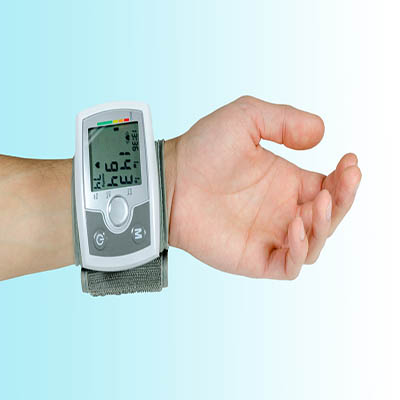Wear Molex in Good Health
Wearable devices have gained popularity as tools to monitor exercise, nutrition, heart rate, other vital signs, blood glucose as well as sleep apnea and other conditions. This year the global wearable technology market is projected to reach over $24 billion, with healthcare and fitness applications leading the pack. (Source: IDTechEx Research, 2015) One recent study identified factors influencing wearable adoption. Not surprisingly, real-time and integrated data topped the list, closely followed by portability, self-diagnostics, seamless monitoring, cost and security. (Source: Mordor Intelligence, 2015)
Designed to wear on the body or attach to clothing, many health and fitness wearables integrate biosensors that detect physiological markers. Wearable medical devices can make healthcare more efficient by providing unprecedented access to real-time data to more cost-effectively prevent, diagnose and treat chronic conditions. Ambulatory monitoring can even make it possible for patients to be monitored 24/7 outside the clinical setting.

Wearable fitness trackers and weight control applications have steadily gained traction among people who want greater control over their health. Estimates show that three out of four online U.S. consumers now own a fitness technology product. Effective wearable devices must be comfortable to wear. Over 65% are worn on the wrist, with others designed to be worn on the arms, torso, and waist. Whether it’s a patient, athlete or someone simply health conscious, like most of us, consumers will gravitate toward devices that are convenient to use, with appealing ergonomics and aesthetics.
Manufacturers are making devices that are thinner, with faster data rates, have longer battery life, and feature more rapid charging. Breakthroughs in sensors and microminiature electronics are further driving innovation. Some new smaller form factor devices incorporate capacitive and mechanical touch pads, vibrant LED displays and other technologies pioneered in consumer electronics.
Technical requirements do not diminish as electronic devices shrink. Countless safety issues arise when designing medical devices. Designing a robust assembly is more challenging as physical size is reduced for portability and patient comfort. Sensors, cable assemblies and other components in ambulatory patient monitoring equipment often must meet FDA and ISO safety and biocompatibility requirements, with added layers of compliance, validation and clinical trials before product release.
Molex leverages a broad product portfolio for health and fitness devices. Devices often require thin, flexible cable assemblies for power and signal connectivity. However, reductions in cable size and bulk must not compromise mechanical or electrical performance. High flexibility allows cable to be bent to a small radius without damage or performance degradation. Long flex life—high number of flex cycles—is often another important characteristic for wearable cables. For applications that do not require a rigid PCB, Molex custom flexible printed circuits can contain up to 20 layers, offer millions of flex cycles, and handle high-speed data up to 10Gbps. Flexible circuitry provides excellent design options at an economical price point.
Visit www.molex.com/industry/medical.html for more information on Molex medical and fitness device design solutions.